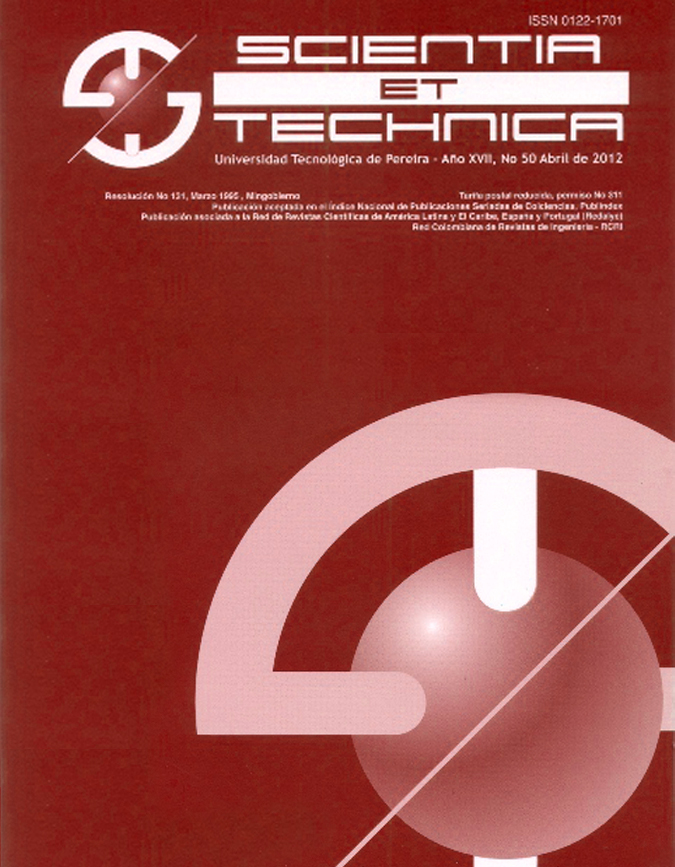APLICACIÓN DE LA LÚDICA EN LA CURVA DE APRENDIZAJE
Abstract
Las curvas de aprendizaje, llamadas algunas veces curvas de experiencia, se fundamentan en la premisa de que las organizaciones o las personas, hacen mejor sus procesos a medida que éstos se repiten, dando como resultado una ganancia en destreza o eficiencia de su propia experiencia. Por otra parte, el aprendizaje organizacional también está afectado por los cambios en la administración, la infraestructura, los equipos y el diseño de los productos. De esta manera, los resultados de las actividades, herramientas y métodos aplicados al logro del mejoramiento continuo (kaizen) pueden medirse, proyectarse y graficarse mediante la utilización de la Curva de Aprendizaje, lo cual constituye el objeto de este articulo.Downloads
Downloads
-
Vistas(Views): 1277
- PDF (Español (España)) Descargas(Downloads): 1081
Published
How to Cite
Issue
Section
License
Copyrights
The journal is free open access. The papers are published under the Creative Commons Attribution / Attribution-NonCommercial-NoDerivatives 4.0 International - CC BY-NC-ND 4.0 license. For this reason, the author or authors of a manuscript accepted for publication will yield all the economic rights to the Universidad Tecnológica of Pereira free of charge, taking into account the following:
In the event that the submitted manuscript is accepted for publication, the authors must grant permission to the journal, in unlimited time, to reproduce, to edit, distribute, exhibit and publish anywhere, either by means printed, electronic, databases, repositories, optical discs, Internet or any other required medium. In all cases, the journal preserves the obligation to respect, the moral rights of the authors, contained in article 30 of Law 23 of 1982 of the Government Colombian.
The transferors using ASSIGNMENT OF PATRIMONIAL RIGHTS letter declare that all the material that is part of the article is entirely free of copyright. Therefore, the authors are responsible for any litigation or related claim to intellectual property rights. They exonerate of all responsibility to the Universidad Tecnológica of Pereira (publishing entity) and the Scientia et Technica journal. Likewise, the authors accept that the work presented will be distributed in free open access, safeguarding copyright under the Creative Commons Attribution / Recognition-NonCommercial-NoDerivatives 4.0 International - https://creativecommons.org/licenses/by-nc-nd/4.0/deed.es license.



